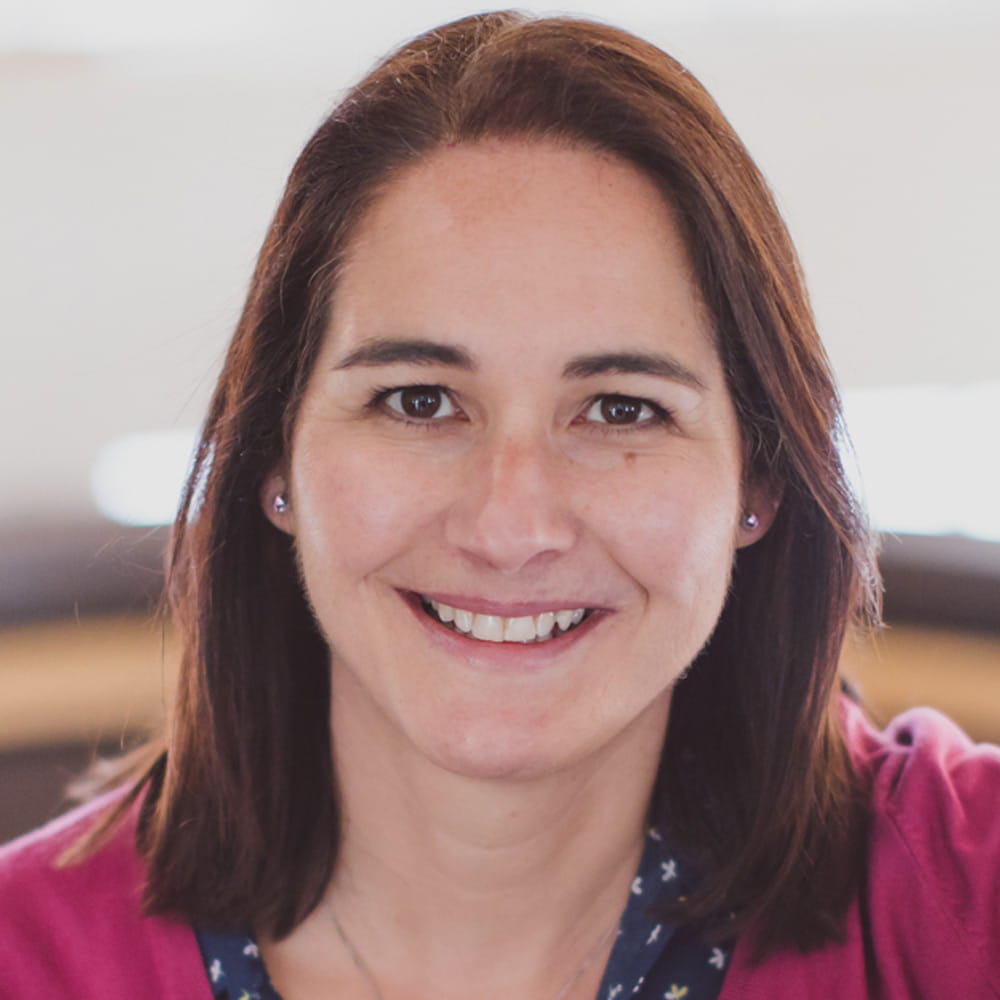One of the privileges that I have as the Inclusion Champion for our LGBTQ+ staff and students is that I get to announce good news to our community, such as our recent Award of Silver in the Stonewall Workplace Equality Index. I’d like to thank all those who helped work through the feedback from last year’s submission and enabled us to take further actions, resulting in us rising from a Bronze to a Silver Award this year. But I’d especially like to thank members of our LGBTQ+ community and allies who have consistently raised issues with me and with other senior staff and advocated for the changes that have led to this award. I hope that you too are proud of what we have achieved so far…although we remain committed to doing even better. If you haven’t already, please do download the new branding signature that includes our Silver Stonewall logo.
I’d also like to take this opportunity to acknowledge Bisexual Awareness Week, which culminates on Monday 23 September with Bi-visibility Day. Awards and accolades are wonderful to receive and, yes, they make us feel good about ourselves, but I’d like to reflect on what it means to be truly inclusive. Bisexual Awareness Week (often referred to as #BiWeek) can be overlooked within university communities because of the preparations for the beginning of the academic year. But I think this year it’s important to draw attention to bisexuality as it is a sexual orientation that is often misunderstood, joked about, overlooked, or erased in broader LGBTQ+ discourse.
As the LGBTQ+ Inclusion Champion, I have tried to educate myself in relation to the complexities of one’s sexual orientation. Bisexuality is an equally important part of the LGBTQ+ community, but it is unique in that it faces challenges in the form of myths, assumptions and stereotypes in both LGBTQ+ and straight spaces. In order to navigate these challenges, it is important to have a greater understanding of what bisexuality is and what it means to those who experience it. If you haven’t already, please do take a look at the series of blogs that have been posted by members of our community who identify as bi.
Bisexuality refers to an individual’s attraction—romantically, emotionally, or physically—to more than one gender. It does not conform to a rigid set of rules but can incorporate a spectrum of attraction. The beauty of bisexuality is its inherent diversity. It is however this diversity and fluidity that can sometimes lead to misconceptions.
Some people assume that bisexuality is a "phase" or that bi people are "confused." Others believe that bisexual individuals are simply more promiscuous than others, and there are even those within the LGBTQ+ community that feel as though these individuals should "just choose a side." These stereotypes and expressions, even spoken in jest, not only contribute to the invisibility of bisexuality but also lead to mental health challenges for those who identify as bi, including higher rates of anxiety, depression, and isolation. People who are bisexual experience what is known as "double discrimination." Not only do they face homophobia from those outside the LGBTQ+ community, but they often experience biphobia within it as well. Bisexual individuals can feel excluded in both straight and queer spaces, leading to feelings of invisibility and isolation.
For university students, navigating social life, relationships, and academic environments can be daunting. Bisexual students may hesitate to come out for fear of judgment or invalidation from peers and even staff. Likewise, bisexual staff may feel pressured to either "pass" as straight or fully align with gay and lesbian identities to fit in, rather than embracing their full selves.
As a university community, it is vital that we acknowledge these challenges and take meaningful steps to foster a supportive, bi-inclusive environment. Educating ourselves and others, avoiding bi-erasure in our language, creating and being safe spaces for bi-individuals by challenging biphobia when we see or hear it – these are all small things we can do to ensure that we all feel safe in our community.
There are a number of ways that you can get involved:
- The Essex LGBT Alliance (a group of organisations in Essex that includes the University) is looking for a Chair to re-energise the group. For more information, contact inclusion@essex.ac.uk.
- The University’s LGBTQ+ Allies group is looking for a Chair and Co-Chair. You do not have to identify as LGBTQ+ to undertake this role. For more information, contact inclusion@essex.ac.uk.
- If you are a member of the LGBTQ+ community and would like to connect to the staff networks, you can make contact through our LGBTQ+ Staff forum and our Trans and Non-binary forum.
.jpg?mh=1000&mw=1000&hash=34917568AD525A60D2CFA304D676304D)

.jpg)
.jpg)
